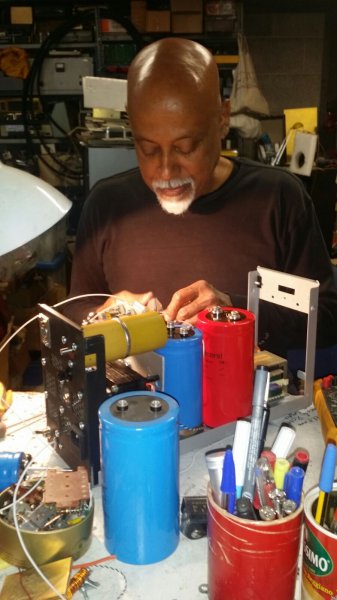Right, and this low capacitance is also the reason I modified my XP-25 and removed the lowest 100pF loading capacitor option - and that entire knob/option and circuit is entirely useless for MC, though I suspect Pass included it in order to further affect the sound - tone controls.
Ack, do you notice much or any difference between the different load options on your Pass XP-25? I set mine to 1K ohm and have tried 47K, 500 and the lower settings. I really struggle to hear any difference. This is in sharp contrast to my old Pass Xono which had 200 or so different settings. With that phono, I could hear significant differences between settings.
Your comment that it could be included as a tone control implies to me that you hear differences between the settings. The Pass manual states that one will hear differences, so I understand where you get the tone control idea.







